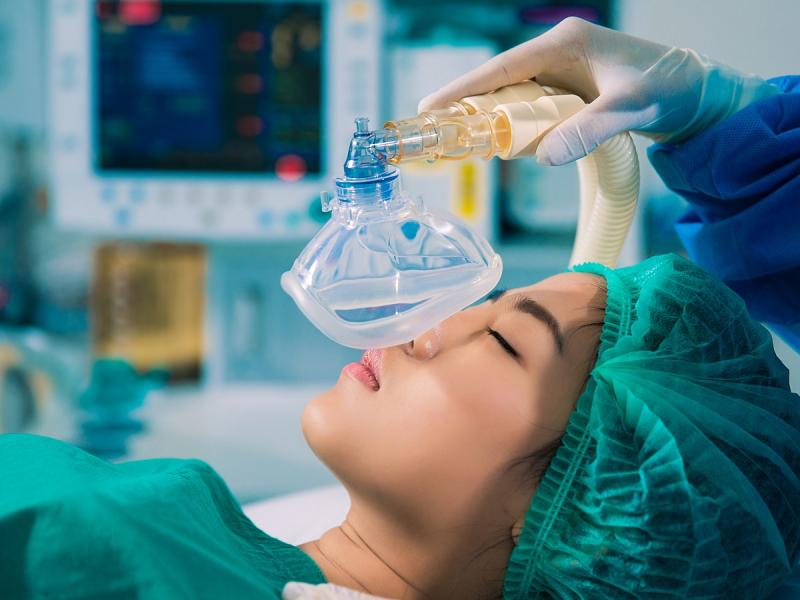Unveiling the Mystery of Anesthesia Gases: Navigating Patients into Comfortable Sleep
Introduction
Anesthesia, a remarkable medical advancement, has revolutionized the field of surgery and patient care. At the core of this essential practice lie anesthesia gases, the agents responsible for inducing a safe and painless state of unconsciousness during surgical procedures. In this blog, we will explore the fascinating world of anesthesia gases, their mechanisms of action, administration methods, and the vital role they play in modern medicine.
Anesthesia Gases: A Brief Overview
Anesthesia gases are pharmaceutical agents administered to patients to achieve a state of general anesthesia, characterized by reversible loss of consciousness, analgesia (pain relief), muscle relaxation, and amnesia. These gases, often combined with other medications, allow surgeons to perform complex and invasive procedures while ensuring the patient remains comfortable and unaware throughout the operation.
Common Anesthesia Gases
-
Nitrous Oxide (N2O): Also known as "laughing gas," nitrous oxide is one of the oldest anesthesia gases still in use today. It offers mild analgesia and sedation, making it suitable for dental procedures and as an adjunct to other anesthesia agents during surgery.
-
Sevoflurane: This volatile inhalational anesthetic is widely used due to its rapid onset and recovery profile. Sevoflurane is ideal for both pediatric and adult patients and is often the primary choice for maintaining anesthesia during longer surgeries.
-
Desflurane: Similar to sevoflurane, desflurane has a rapid onset and offset of action, making it particularly suitable for fast-track surgeries. It is commonly used in procedures where a quick recovery is crucial.
-
Isoflurane: Known for its potent anesthetic effects, isoflurane is often used in veterinary medicine. It is also utilized in human patients, especially in settings where the use of sevoflurane or desflurane may not be feasible.
Mechanism of Action
The precise mechanism of action of anesthesia gases is not fully understood, but they are thought to act on multiple receptors and neurotransmitter systems in the brain. They enhance the inhibitory neurotransmitter gamma-aminobutyric acid (GABA) while inhibiting excitatory neurotransmitters, resulting in a state of unconsciousness and analgesia.
Administration of Anesthesia Gases
Anesthesia gases are administered through specialized equipment called anesthesia machines. These machines precisely control the concentration of the gases and deliver them to the patient via a breathing circuit, which is connected to a mask or an endotracheal tube. The anesthesiologist monitors the patient's vital signs and adjusts the gas levels throughout the surgery to ensure a safe and stable anesthetic state.
The Importance of Anesthesia Gases in Surgery
Without anesthesia gases, modern surgery, particularly complex and invasive procedures, would not be possible. These gases provide patients with the opportunity to undergo surgical interventions without experiencing pain or distress. Additionally, anesthesia gases enable surgeons to work in a controlled and motionless surgical field, reducing the risk of complications and improving surgical outcomes.
Ensuring Patient Safety
While anesthesia gases are generally safe when administered by trained professionals, certain risks and side effects must be considered. These may include nausea, vomiting, respiratory depression, and adverse reactions to specific gases. Anesthesiologists conduct thorough pre-operative evaluations to assess patients' medical history and tailor the anesthesia plan accordingly, ensuring the safest possible experience.
Conclusion
Anesthesia gases are invaluable tools in modern medicine, enabling life-saving surgeries and interventions with minimal discomfort for patients. As the field of anesthesiology continues to advance, so too will the development of new and improved anesthesia gases, further enhancing patient safety and surgical success. Thanks to these remarkable agents, patients can undergo medical procedures with confidence, knowing they will be gently guided into a comfortable and controlled state of unconsciousness, allowing skilled medical professionals to work their magic.
